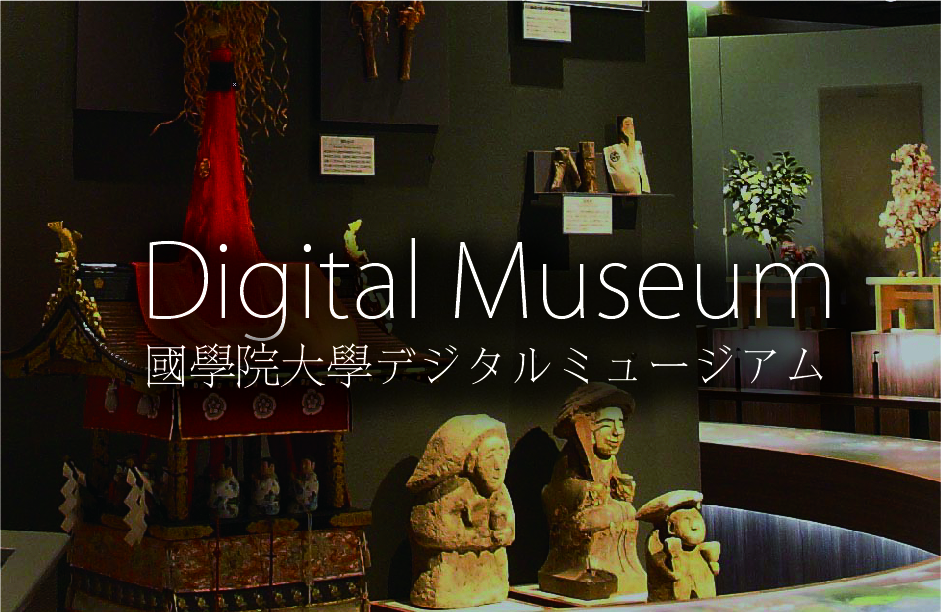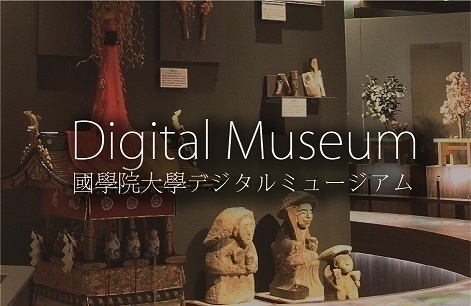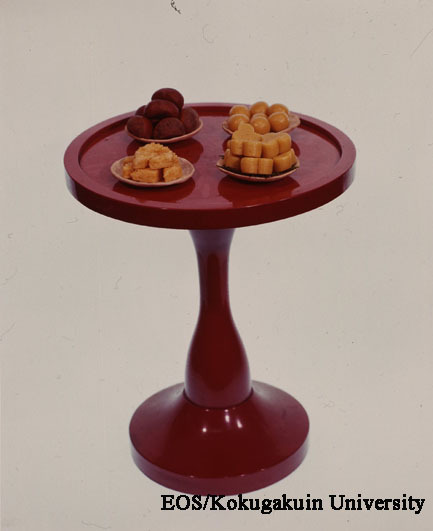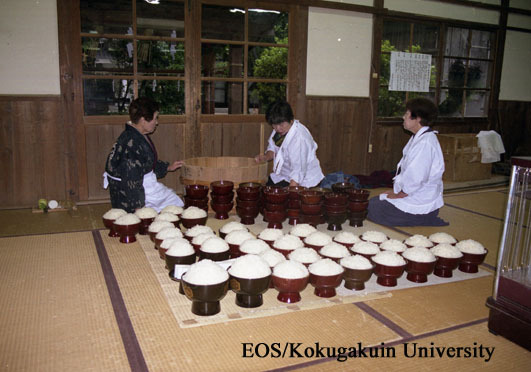- トップ
- Encyclopedia of Shinto
- Shinsen
Encyclopedia of Shinto
| Main Menu: | |
| Links: |
詳細表示 (Complete Article)
| カテゴリー1: | 4. Jinja (Shrines) |
|---|---|
| カテゴリー2: | Offerings and Talismans |
| Title | Shinsen |
| Text | A general term for offerings of food made to the kami. In ancient times these offerings were called mike. A distinct characteristic of Japanese ritual worship since ancient times is seen in the belief that human beings may invoke the the kami, present the kami with food offerings, and share meals with the kami. Accordingly, the best sake, water, salt, grains, vegetables, fruits, meats, poultry, and fish were elaborately offered to the kami. In this sense, shinsen reflected the dietary culture of ancient people, but over time the methods of cooking, preparation, and presentation came to be formalized. Along with influence of Buddhism and changes in food preparation and presentation, the shinsen offered in various regions began to change. In 1875, uniform rituals were established for shrines of various ranks throughout the country, and the shinsen offered at those shrines also became standardized. Nevertheless, many shrines continue to preserve unusual shinsen unique to their own histories. Shinsen can be classified according to a number of criteria, including ingredients and form; a typical classification is that based on whether the item is raw (seisen) or cooked (jukusen). Also, live offerings are called ikenie, while vegetarian offerings excluding fish and meat are called sosen. In some cases, persons engaging in the preparation of offerings must undergo periods of purifactory abstinence (kessai). — Iwai Hiroshi |







